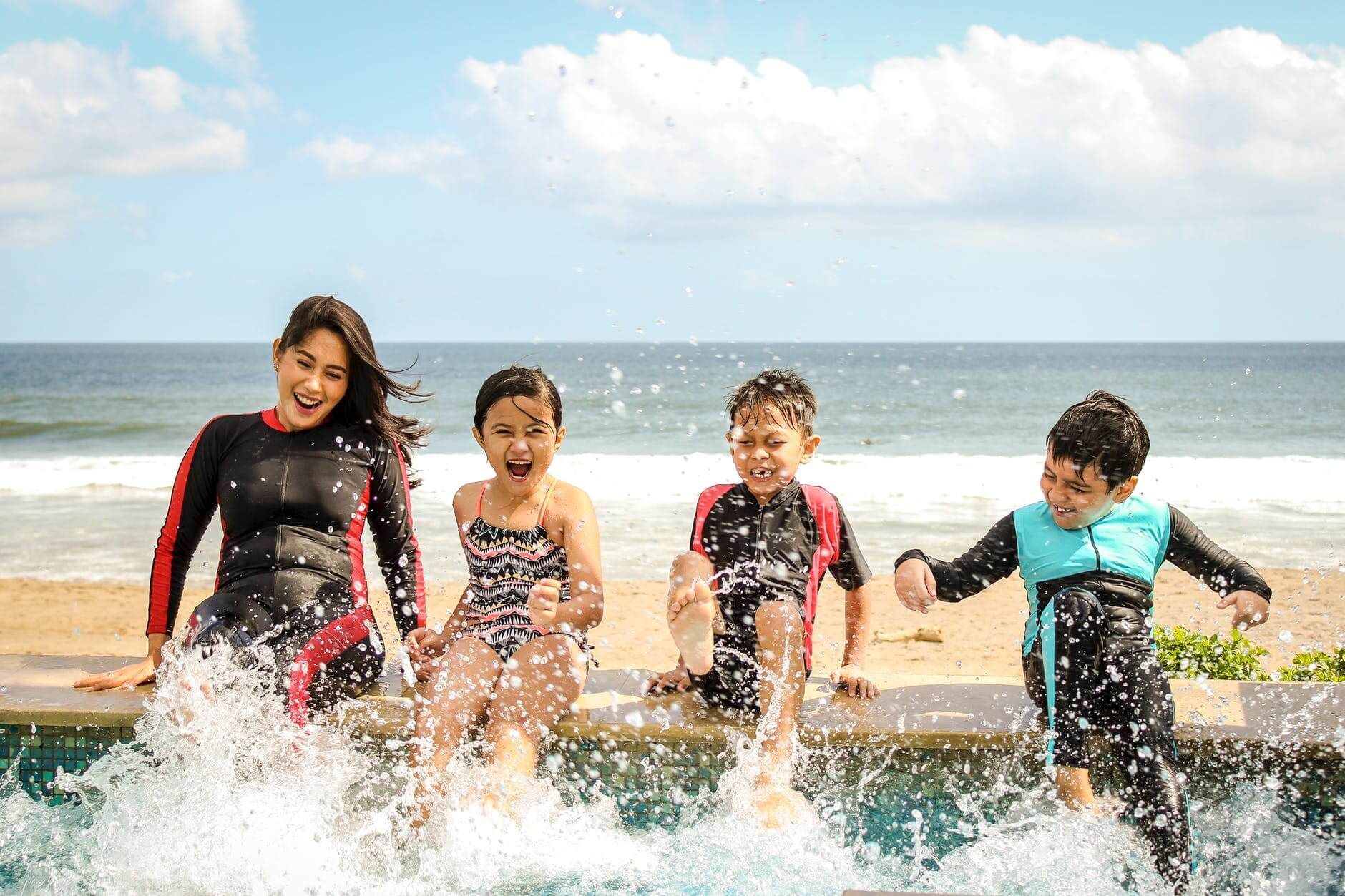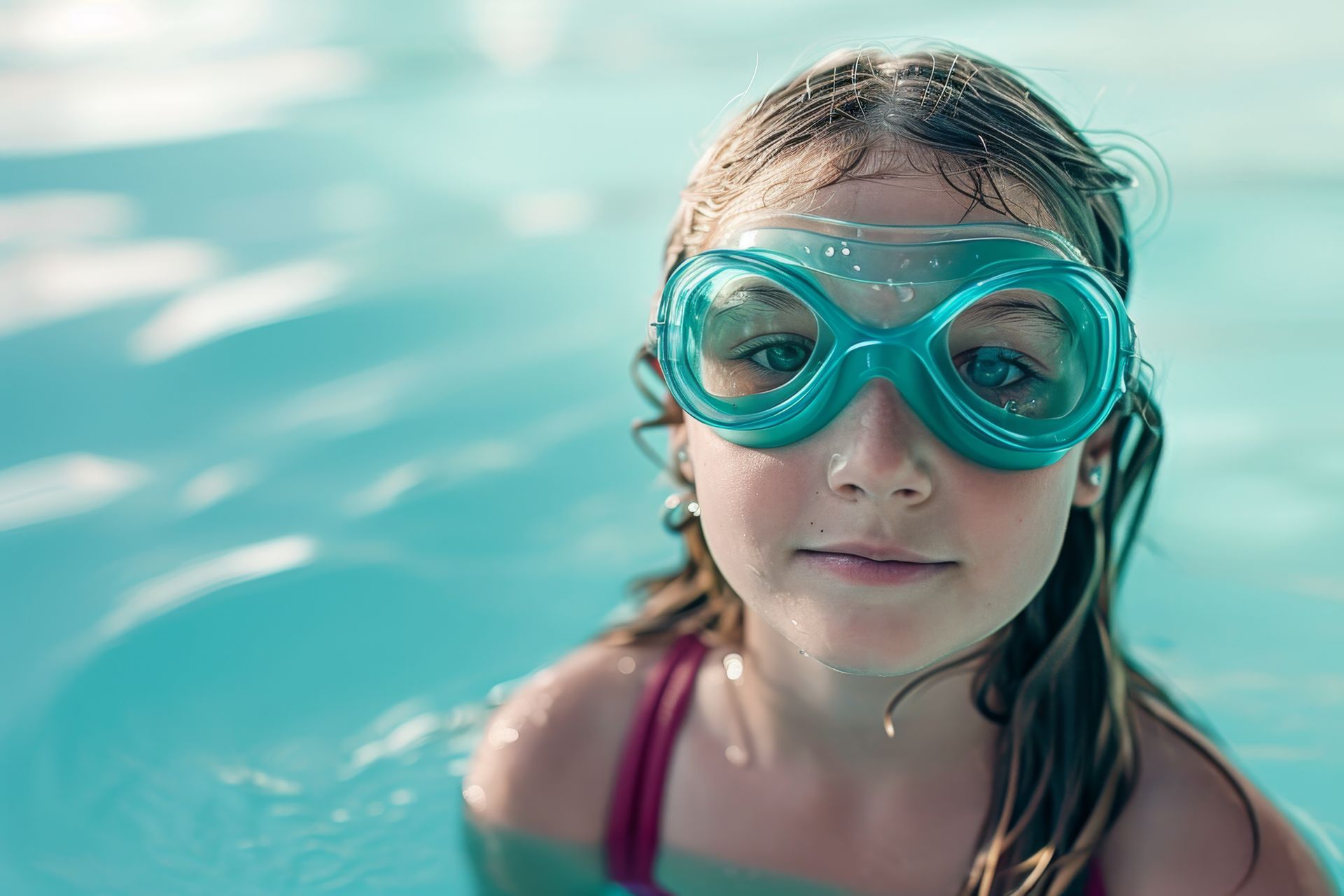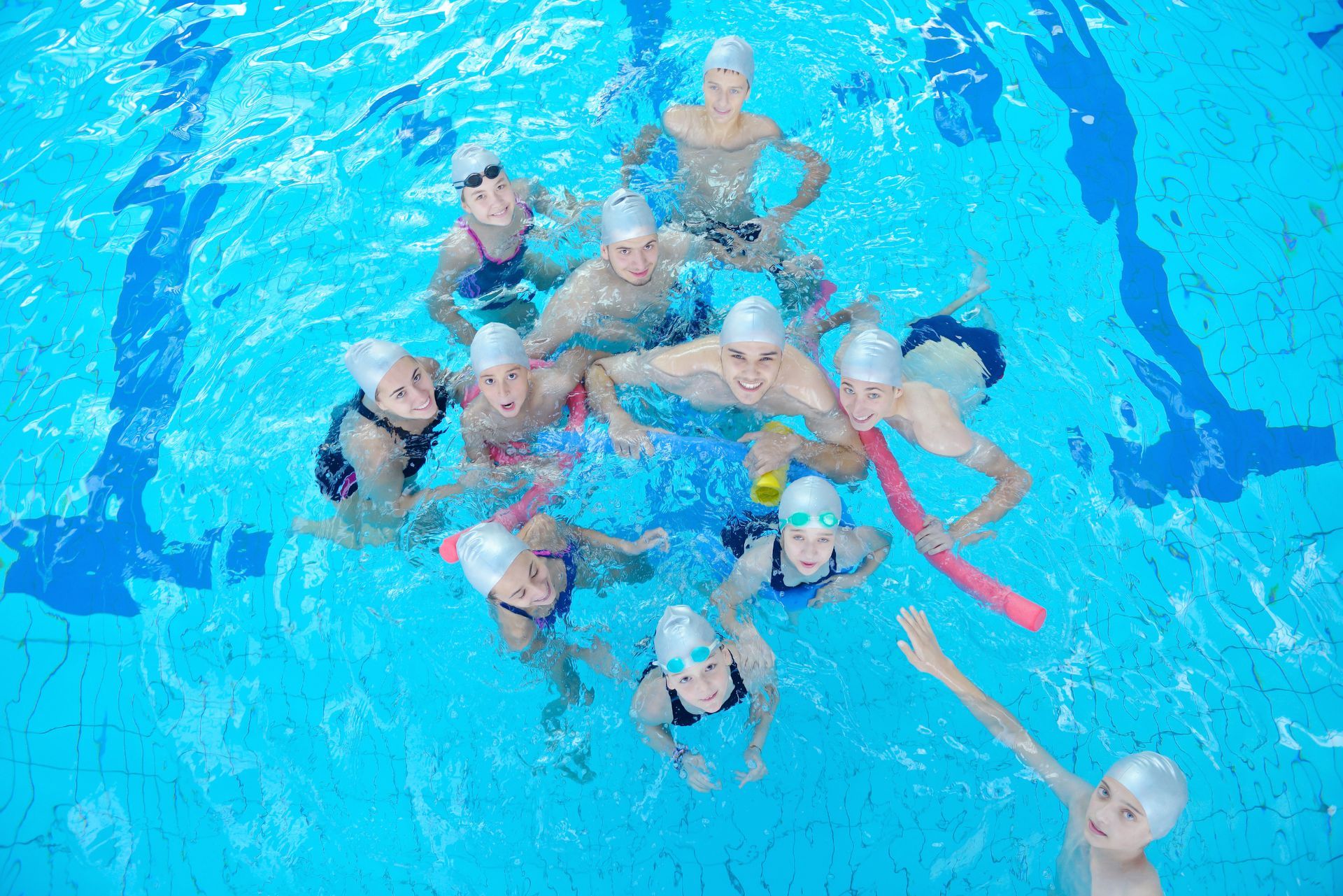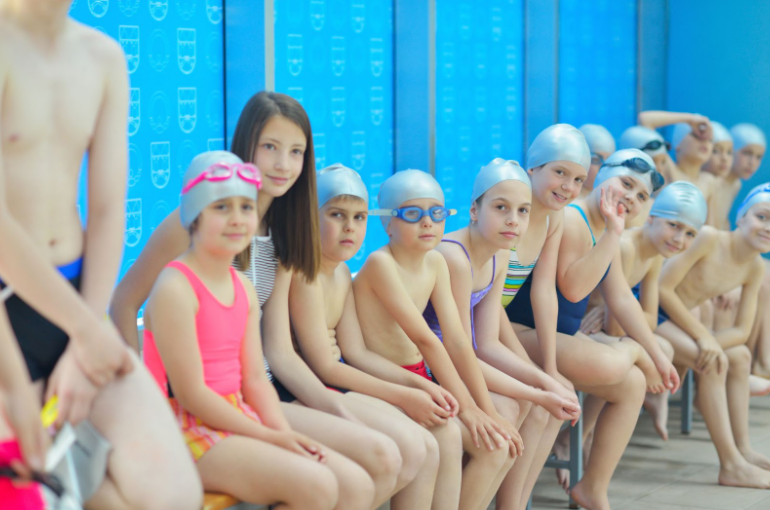What You Need to Know about Dry Drowning

It’s every parent’s nightmare. The very thought of losing a child to an accident is so horrific, we don’t want to think about it. Many childhood accidents happen during fun activities like riding vehicles, climbing, or doing other active things that come with risks. Swimming fits into this category. It is something that feels so normal as a regular activity in man people’s lives, but it also strikes that deepest fear in parents. Keeping kids safe during swimming is the first priority.
One risk of swimming that we hear about but might not quite understand is dry drowning.
What is dry drowning?
Though not a medical term, dry drowning occurs when water gets into the airway and causes the vocal cords to spasm and close up. No water actually reaches the lungs, but the constriction of the airway makes breathing difficult and requires immediate attention.
What are the symptoms of dry drowning?
You will notice the symptoms of dry drowning right away since difficulty breathing causes severe responses. Contrary to common belief, dry drowning does not happen days after swimming. The dry part of dry drowning refers to the fact that no water enters the lungs, not from it occuring well after swimming.
The scenario in which a person can suffer from drowning, or difficulty breathing due to water entering the airways, is commonly known as secondary drowning. This results from water entering the lungs and irritating the lining of the lungs. This can trigger a pulmonary edema, or buildup of fluids in the lungs. Symptoms of secondary drowning include trouble breathing, coughing, extreme fatigue and irritability resulting from a lack of oxygen to the brain, and chest pain. If these symptoms arise, you should take your child to the emergency room immediately for tests, treatment, and observation.
Experts use the term spectrum of drowning to cover dry drowning and secondary drowning, since neither is technically a medical term. Both dry drowning and secondary drowning are extremely rare. They comprise only 1-2 percent of all incidents of drowning. They are, however, very serious.
How to prevent dry drowning
To help prevent them from happening, always watch your child when around water. Even a small body of water can be dangerous. Never let your child swim alone. It is also important to pay extra attention when swimming in crowded public pools. Drowning of any kind can happen very quickly, so keeping an eye on children is essential.
In addition to maintaining a watchful eye when your kids are near water, look up swimming lessons. From infants to older children, there are many options for classes and programs that are designed to help kids become strong and safe swimmers. When you take your kids swimming, start them off slow and always be vigilant. Even if your child is a strong swimmer, it is recommended that they always wear life jackets when playing in natural bodies of water. These can have currents that can get the better of even the strongest swimmers.
Getting children familiar and comfortable with water will serve them well throughout their lives. These preventive measures, along with knowing the signs of dry drowning and secondary drowning, will help keep your child safe around water.
Swimming lessons are a great way to teach your children safety and awareness around water. Sign up for swimming lessons today.
The post What You Need to Know about Dry Drowning appeared first on Swim Jim.







